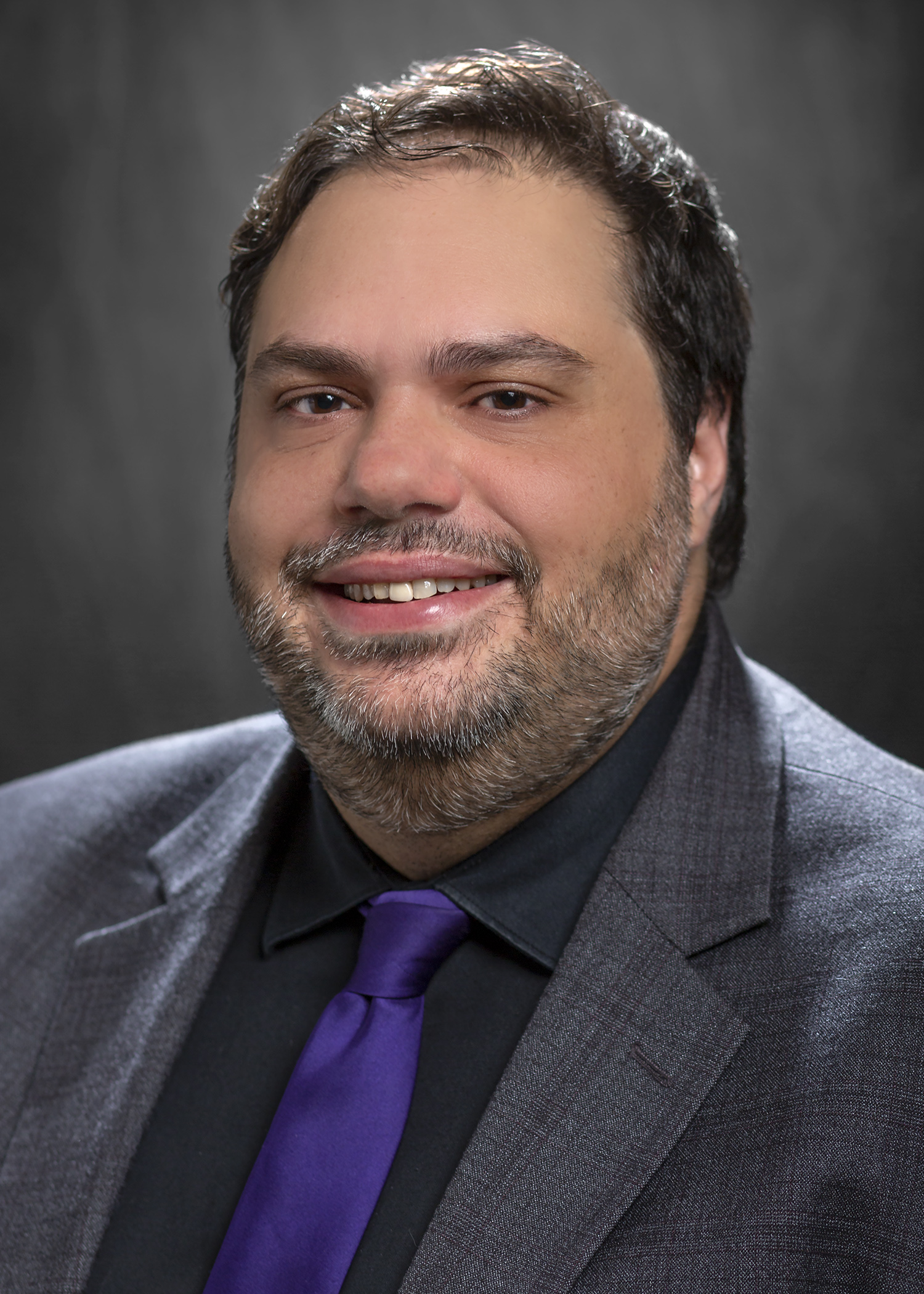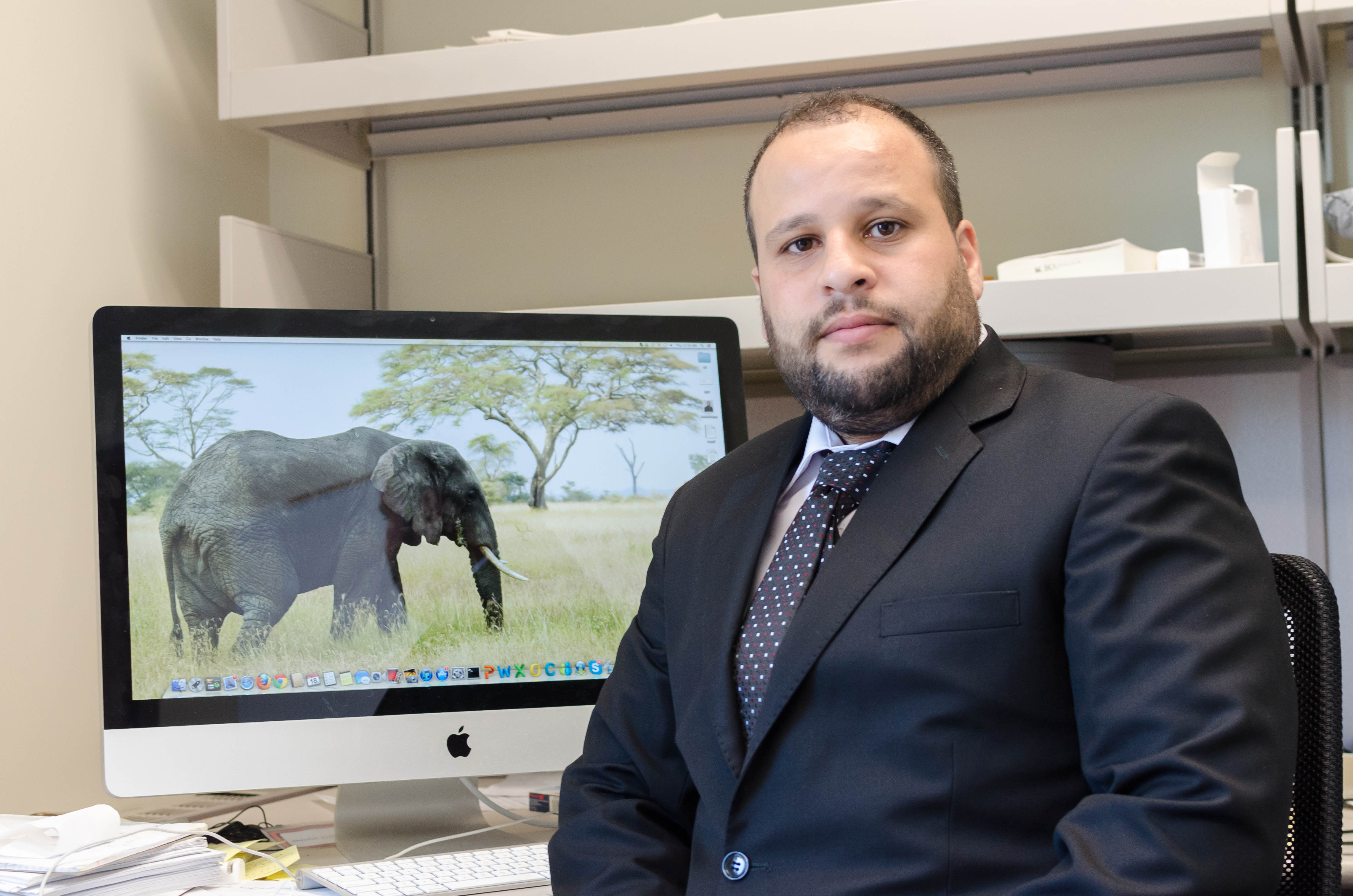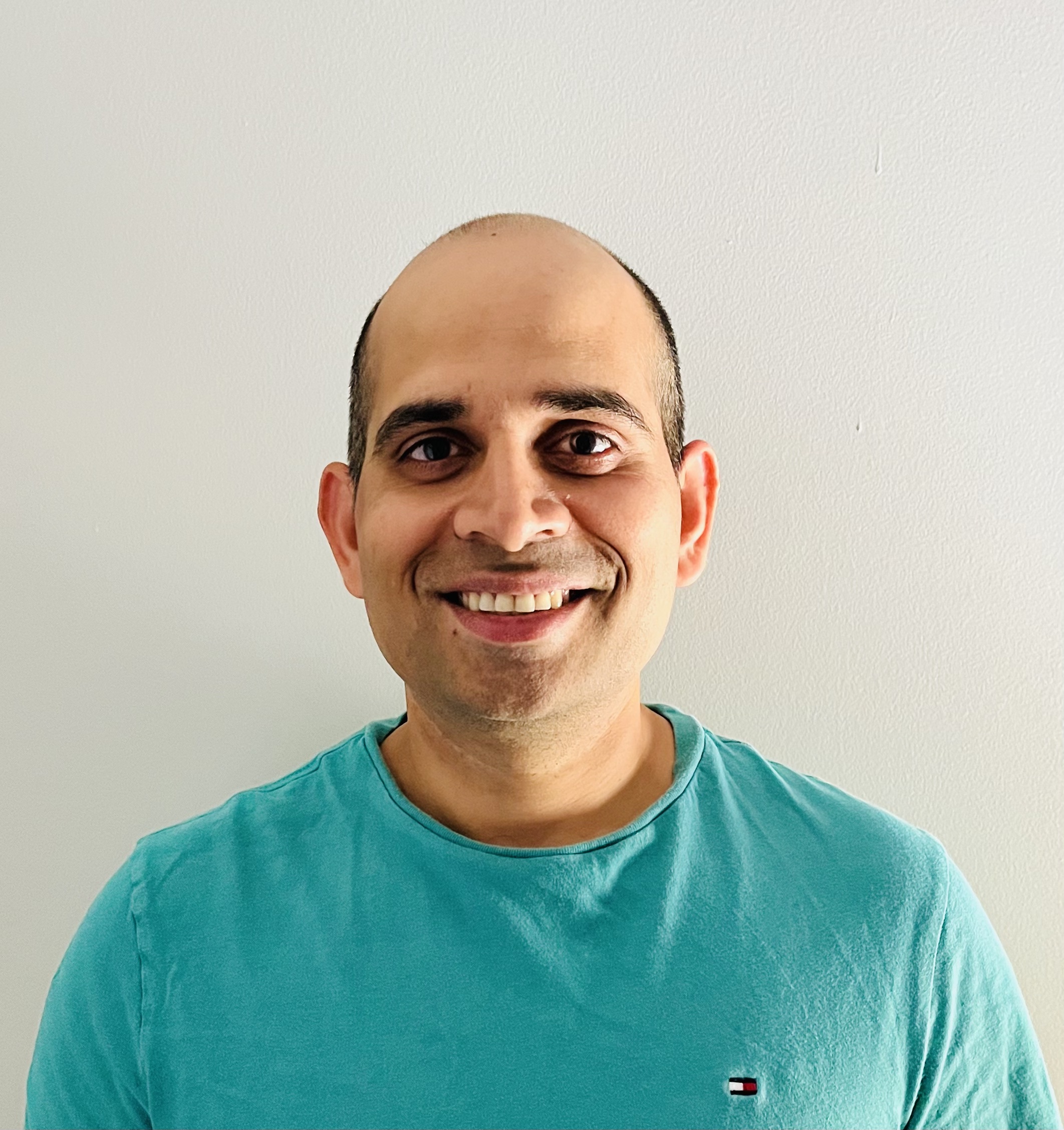
Louisiana State University, Baton Rouge, LA, USA.
Abstract
Machine Learning (ML) and Artificial Intelligence (AI) have become inescapable forces, permeating every facet of our society, from
business and academia to public and private sectors. However, AI failures are an undeniable reality that demands urgent attention from forensic researchers and practitioners. When AI
embarks on mischievous endeavors, an important question arises: Who you gonna call? While AI/ML/
Dr. Ibrahim (Abe) Baggili is a first generation Arab American. He is a Professor of Computer Science and Cybersecurity at Louisiana State University and the founder of the BiT Lab (Baggili Truth Lab) where he holds a joint appointment between the Division of Computer Science & Engineering and the Center for Computation and Technology. He has won numerous awards including the CT Civil Medal of Merit, the Medal of Thor from the Military Cyber Professional Association, CT 40 under 40, and is a fellow of the European Alliance for Innovation. Prior to that he was the director of the Connecticut Institute of Technology and Elder Family Endowed Chair of Computer Science & Cybersecurity at the Tagliatela College of Engineering at the University of New Haven. He received his BSc, MSc and PhD all from Purdue University where he worked as a researcher in CERIAS. Work with his students has uncovered vulnerabilities that impact over a billion people worldwide and has been featured in news and TV outlets in over 20 languages and he has published extensively in the domain of digital forensics. To learn more about the BiT Lab, you can visit https://csc.lsu.edu/~baggili.

Universitat Politecnica de Valencia, Spain
Abstract
Current advances in the Internet of Things and critical systems have led us to real-time monitoring of the data transmitted by IoT devices. The use of artificial intelligence plays an important role in improving current network monitoring systems. In this speech, we will talk about network traffic classifiers (NTC) that help to segregate traffic and behavior of heterogeneous devices and services that is currently used by a communication flow (e.g., HTTP and SIP). Moreover we will show the application of deep learning models that can be used for IoT traffic, concretely recurrent neural network (RNN), convolutional neural network (CNN) and their combination.
Biography: Prof. Jaime Lloret (jlloret@dcom.upv.es) received his B.Sc.+M.Sc. in Physics in 1997, his B.Sc.+M.Sc.
in electronic Engineering in 2003 and his Ph.D. in telecommunication engineering (Dr. Ing.) in 2006. He is a Cisco Certified Network Professional Instructor
and he has 7 Cisco Networking Academy Certifications. He also has the Hewlett-Packard IT Architect Certification. He worked as a network designer and
administrator in several enterprises. He is Full Professor at the Polytechnic University of Valencia. He is the Chair of the Integrated Management
Coastal Research Institute (IGIC) since January 2017. He was the founder of the “Communications and Networks” research group of the IGIC and he is
the head (and founder) of the "Active and collaborative techniques and use of technologic resources in the education (EITACURTE)" Innovation Group.
He is the director of the University Diploma “Redes y Comunicaciones de Ordenadores” and he has been the director of the University Master "Digital
Post Production" for the term 2012-2016. He was Vice-chair for the Europe/Africa Region of Cognitive Networks Technical Committee (IEEE Communications Society)
for the term 2010-2012 and Vice- chair of the Internet Technical Committee (IEEE Communications Society and Internet society) for the term 2011-2013.
He has been Internet Technical Committee chair (IEEE Communications Society and Internet society) for the term 2013-2015. He has authored 15 books
and has more than 800 research papers published in national and international conferences, international journals (more than 400 with Clarivate Analytics JCR).
He has been the co-editor of 54 conference proceedings and guest editor of several international books and journals. He is editor-in-chief of the “Ad Hoc and Sensor Wireless Networks” (with Clarivate Analytics Impact Factor), the international journal "Networks Protocols and Algorithms", and the International Journal of Multimedia Communications. Moreover, he is Associate editor of “Sensors” in the Section Sensor Networks, and in Wireless Communications and Mobile Computing, he is advisory board member of the “International Journal of Distributed Sensor Networks” (all with Clarivate Analytics Impact factor), and he is IARIA Journals Board Chair (8 Journals). Furthermore, he is (or has been) associate editor of 46 international journals (16 of them with Clarivate Analytics Impact Factor). He has led many local, regional, national and European projects (Main researcher in more than 15 national or European projects). He has authored 4 patents. He was the chair of the Working Group of the Standard IEEE 1907.1 from 2013 to 2018. Since 2016 till today he is the Spanish researcher with highest h-index in the TELECOMMUNICATIONS journal list according to Clarivate Analytics Ranking. Moreover, he is included in the world’s top 2% scientists according to the Stanford University List since 2020. He has been involved in more than 500 Program committees of international conferences, and more than 160 organization and steering committees.
He has been general chair (or co-chair) of 78 International workshops and conferences He is IEEE Senior, ACM Senior, IARIA Fellow and EAI Fellow.
Over the past three decades most research efforts in security and privacy have focused on network and storage security.
Recently, Deep Neural Network (DNN) classifiers gain wide adoption in different complex tasks, including natural language processing, computer vision and cyber security. However,
the underlying assumption of attack free operating environment has been defied by the introduction of several attacks such as adversarial examples and Trojan backdoor attacks.
In Adversarial attacks the adversary perturbs the input examples during inference to force the DNN to misclassify while the adversary in the Trojan Backdoor operates in
both training and inference phases. In the training phase the adversary trains the DNN in a way such that it behaves normally when the Trojan trigger does not exist, and it misclassifies if the trigger exists. Given that only the adversary knows the trigger, the users of the DNN will be fooled to trust the DNN model. The adversary can now attach the Trigger to the input examples during inference causing the DNN model to misclassify. In this talk we will discuss our development of several computationally efficient defense approaches for the Adversarial attacks enabling real-time detection of the attack for the first time. We will also discuss our development of an adaptive black-box defense approach for the Trojan Backdoor attack that outperforms the state-of-the-art by studying the relationships among the prediction logits of the DNN. After that we will discuss our recent follow up work in which we show how to jointly combine the above two adversaries to practically launch a new stealthy attack, dubbed AdvTrojan. AdvTrojan is stealthy because it can be activated only when: 1) a carefully crafted adversarial perturbation is injected into the input examples during inference, and 2) a Trojan backdoor is implanted during the training process of the model. We leverage adversarial noise in the input space to move Trojan-infected examples across the model decision boundary, making it difficult to detect. The stealthiness behavior of AdvTrojan fools the users into accidentally trusting the infected model as a robust classifier against adversarial examples. We will also discuss our future research that is focused on expanding the attack and defense mechanisms to new areas such as malicious domain detection, federated learning setting,
personalized federated learning, and Graph Neural Networks. We will also discuss several application domains of adversarial as well as Trojan Backdoor attacks.
Abdallah Khreishah received his Ph.D and M.S. degrees in Electrical and Computer Engineering from Purdue University in 2010 and 2006,
respectively. Prior to that, he received his B.S. degree with honors from Jordan University of Science & Technology in 2004. During the last year of his Ph.D, he worked with NEESCOM. In Fall 2012,
he joined the Electrical and Computer Engineering department of NJIT as an Assistant Professor and was promoted to Associate Professor in 2017 and Full Professor in 2023. His research spans the areas
of machine learning, adversarial machine learning, wireless networks, visible-light communication, vehicular networks, and cloud & edge computing. He was involved in research projects totaling more
than $15M funded by several agencies such as the National Science Foundation of US, The US Department of Defense, New Jersey Department of Transportation, and the State of New Jersey. He won several
awards such as the best presentation award in INFOCOM 2018, the best paper award of ACM GLSVLSI 2023, the best paper award of SDS 2022, a distinguished TPC member of IEEE Infocom 2021, and the best
symposium organization award from IWCMC 2018. He is currently serving as an associate editor for several International Journals including IEEE/ACM Transactions on Networking. He served as the TPC
chair for WASA 2017, IEEE SNAMS 2014, IEEE SDS -2014, BDSN-2015, BSDN 2015, IOTSMS-2105. He has also served on the TPC committee of several international conferences such as IEEE INFOCOM. He has mentored several PhD students who currently hold leading positions in academia as well as the industry.
He is a senior member of IEEE and the chair of the IEEE EMBS North Jersey chapter.
OComputer networks are the backbone of the modern world, connecting people and devices across the globe.
AL/ML are rapidly transforming many industries, and computer networks are no exception. This talk will discuss how AI/ML is being used to improve computer networks.
We will cover topics such as current affairs of networks, functions, AL/ML trends and their application in next generation networks.
This industry based talk is intended for a general audience with an interest in application of AI/ML in computer networks.
Vinay Tripathi is a Production Network Engineer - Google Backbone Engineering, USA. A senior IEEE member and an accomplished computer networking
professional with 18 years of experience in various networking technologies, such as ISIS, OSPF, BGP, MPLS RSVP/LDP/VPN, EVPN/VXLAN, Segment Routing and automation languages such as Golang and Python.
He is an inventor of four patented networking technologies that have been granted in both the US and EU. Also, he had JNCIE-DC, JNCIE-SP and JNCIE-ENT certifications from JuniperNetworks, which
demonstrate an advanced knowledge and proficiency in designing, deploying, and troubleshooting complex network infrastructures. With a proven track record of leading/delivering successful projects and innovative
solutions that have driven business value and improved network performance for his organization/customers.
He is passionate about staying up-to-date with the latest trends and best practices in the field, and leveraging his skills to solve complex networking challenges and achieve business goals.

New Jersey Institute of Technology, USA
Abstract

Production Network Engineer @ Google, USA
Abstract



